Imagine a world where penguins soared through the skies, their wings slicing the wind like those of an eagle. Now, picture the chilly Antarctic seas without their iconic torpedo-shaped bodies darting beneath shimmering ice. It’s almost impossible, isn’t it? The truth is, penguins gave up the sky for the sea, and that dramatic trade-off changed everything—not just for them, but for the entire world of ocean life. On World Penguin Day, let’s dive into the fascinating story of why penguins can’t fly, and why that evolutionary twist turned them into the most extraordinary swimmers on the planet.
The Evolutionary Fork in the Road
Millions of years ago, penguins stood at a crossroads: keep flying, or adapt to a life spent mostly in the water. Unlike their airborne cousins, ancient penguins found themselves drawn to the ocean in search of food. Over generations, their wings shortened and stiffened, becoming more like flippers than flight feathers. This was not a sudden change but a slow, almost imperceptible journey that shaped their very bones. The pull of the ocean was too strong to resist, and so penguins left the skies behind, embracing a new destiny beneath the waves.
Wings Built for Water, Not Wind
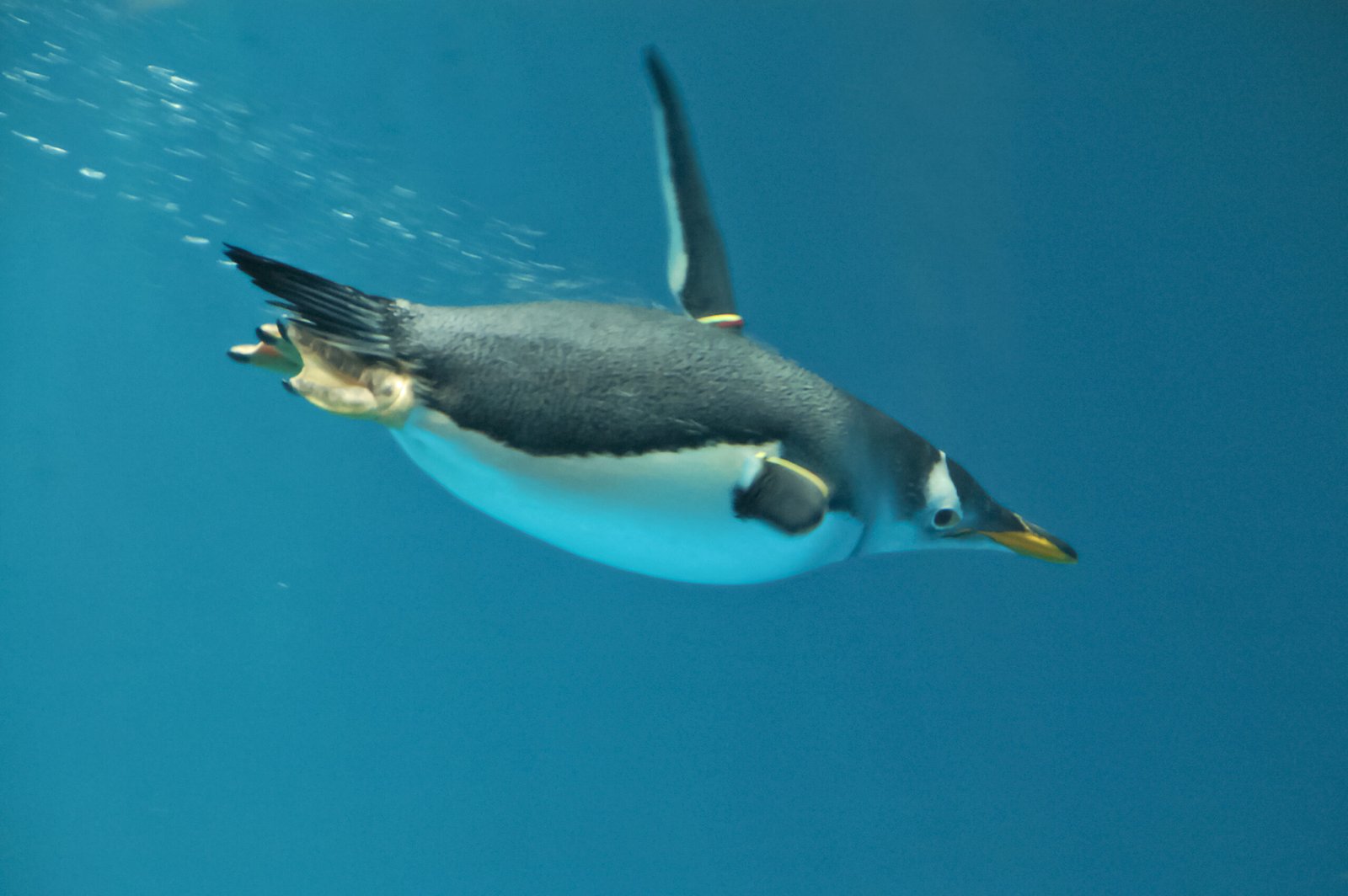
A penguin’s wings are a marvel of nature, but not for flying through the air. Instead, their flippers are perfectly sculpted for slicing through water. While flying birds have long, lightweight wings with flexible joints, penguins’ wings are short, rigid, and strong. They act like underwater paddles, pushing penguins forward at breathtaking speeds. If you’ve ever watched a penguin swim, you’ll notice how they seem to fly beneath the surface, their powerful flippers propelling them with astonishing agility and grace.
Bone Structure: Heavyweights of the Bird World
Unlike most birds, penguins have dense, solid bones. This might sound unusual, but it’s a crucial adaptation for a life spent diving. Lighter bones would make them too buoyant, forcing them to struggle just to stay underwater. Instead, their heavy bones let them sink quickly and move with precision, almost like little submarines. This bone structure makes flying impossible, but it’s the secret behind their incredible swimming skills.
Energy Trade-Offs: Why Flying Became Too Costly
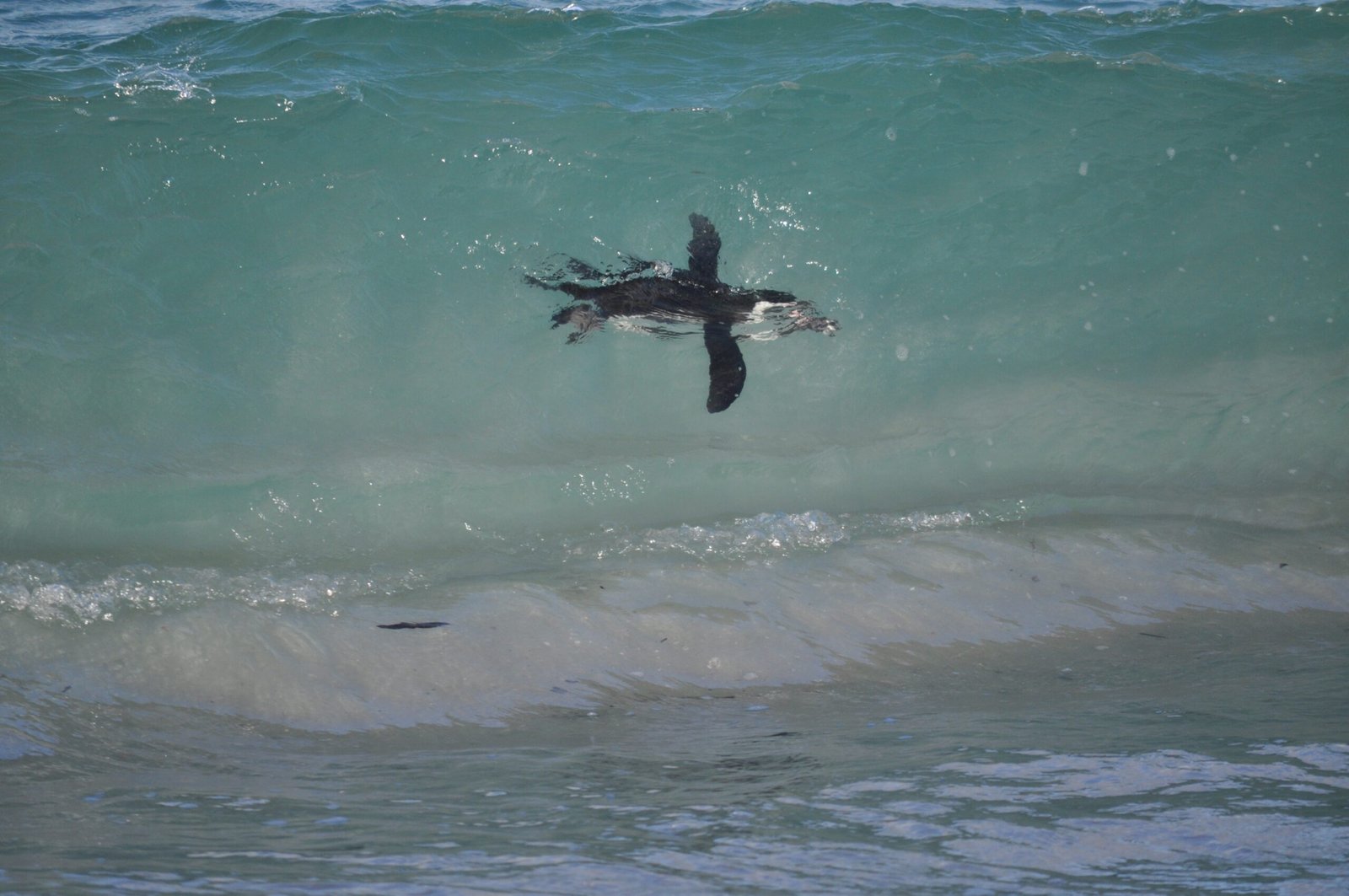
Flying takes a tremendous amount of energy, especially for birds with heavy bodies. Over time, penguins found that the energy needed to keep flying was simply not worth it compared to the rich rewards of underwater hunting. As they became more specialized for swimming, their bodies grew heavier and more streamlined, making flight even more difficult. In the icy waters, their efficiency as swimmers meant they could catch more fish, squid, and krill while avoiding predators above. It was a win-win—except for the sky.
The Art of Swimming: Penguins as Underwater Rockets
When penguins hit the water, they become living torpedoes. Some species, like the Gentoo penguin, can swim up to 22 miles per hour—faster than any Olympic swimmer. They use their flippers in a flying motion, beating them rapidly to dart and twist through the sea. Their bodies are sleek and streamlined, reducing water resistance and allowing them to maneuver with astonishing precision. Watching a penguin chase a school of fish is like witnessing a perfectly choreographed ballet, all made possible by their unique adaptations.
Feathers for the Cold and the Current
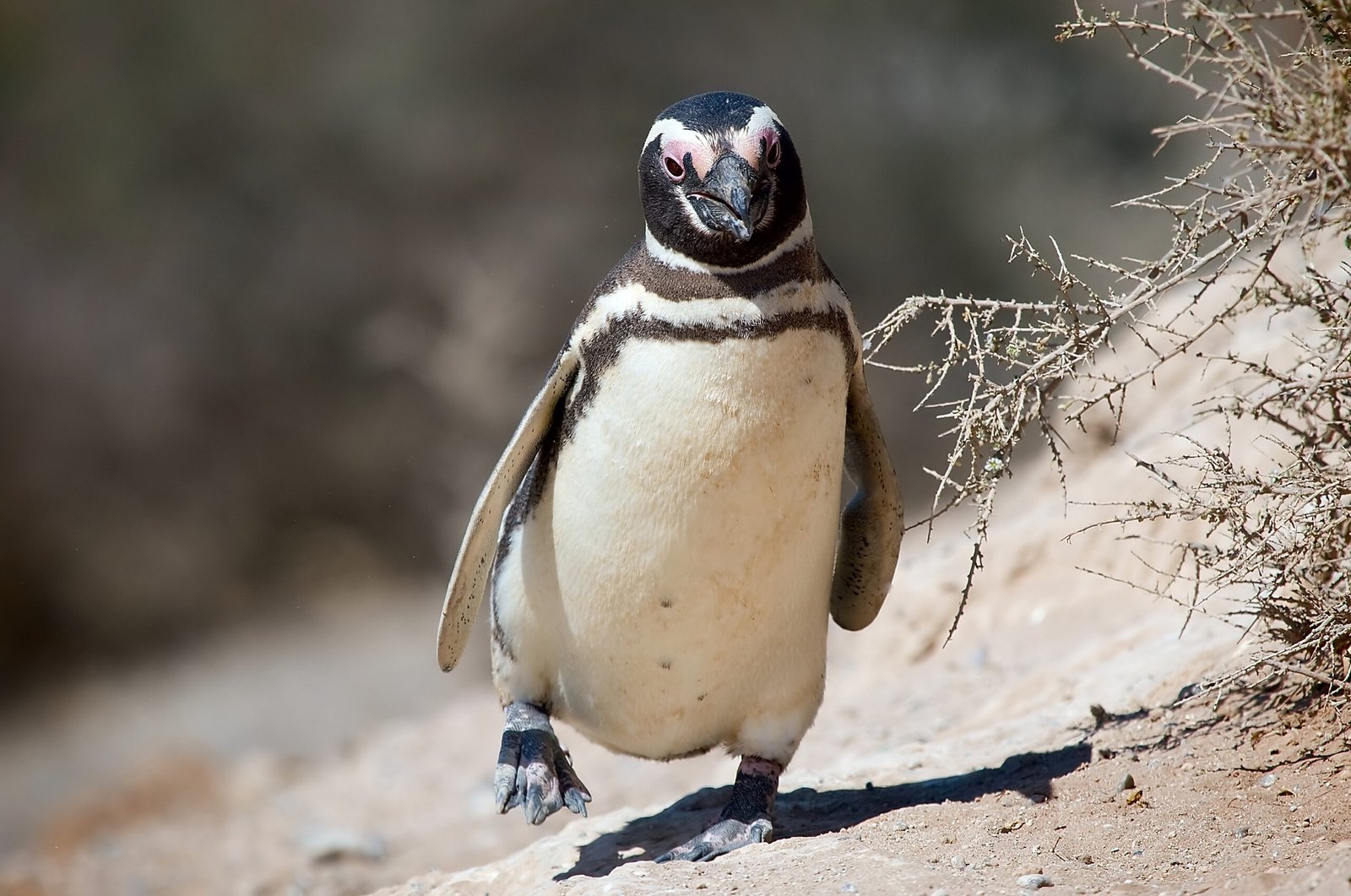
Penguin feathers are another hidden superpower. Unlike most birds, penguins have a dense layer of overlapping feathers that trap air and keep them warm, even in freezing waters. These feathers are also waterproof, helping them glide smoothly through the ocean. The combination of warmth and water resistance means penguins can dive deep—some species reach depths of over 1,800 feet—and stay underwater for long stretches of time, sometimes up to twenty minutes.
Streamlining: Nature’s Blueprint for Speed
A penguin’s body is shaped like a bullet, with a rounded head, tapered body, and short tail. This streamlining is no accident; it’s a masterpiece of evolution. Every inch of their form is designed to minimize drag and maximize speed. Even their feet and tails are used as rudders to steer and brake. This shape allows them to zip around underwater obstacles and escape predators with ease, giving them the edge in the harsh world of the Southern Ocean.
Social Swimmers: Teamwork Beneath the Waves
Penguins aren’t just solitary swimmers; they often hunt and travel in groups, using teamwork to their advantage. In the water, they can coordinate their movements to herd fish or confuse predators. This social behavior is similar to flocks of birds in the sky, but here, it happens below the surface. The ability to swim in sync helps penguins survive in a world full of dangers, from hungry seals to unpredictable currents.
Predator Evasion: Outmaneuvering Danger
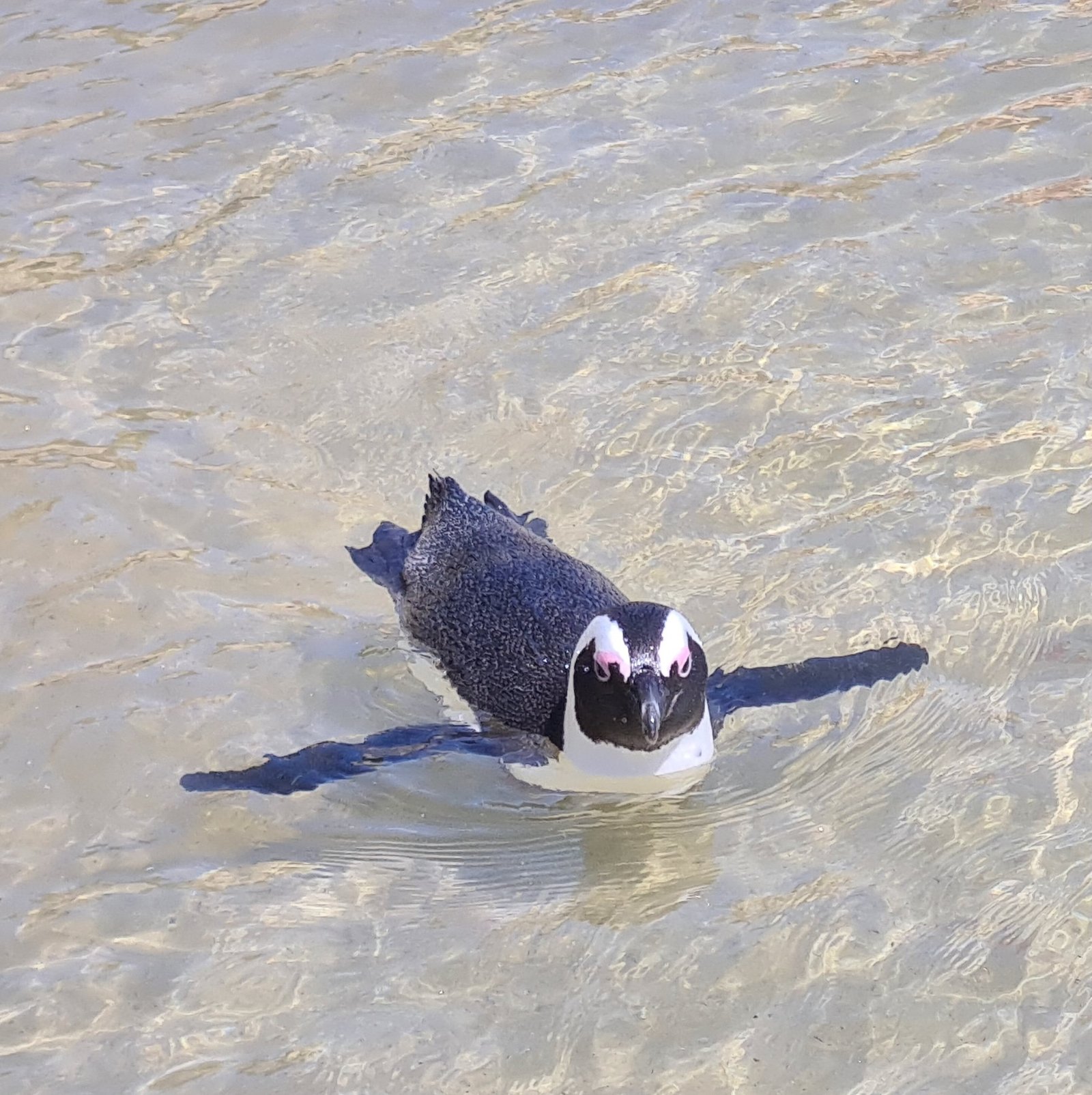
Life in the ocean is perilous, with threats lurking at every turn. Penguins’ swimming skills aren’t just about catching food—they’re also about staying alive. Their speed, agility, and ability to dive deep allow them to dodge seals, orcas, and other predators. Some species even leap out of the water in a spectacular display called “porpoising,” making it harder for enemies to catch them. It’s a high-stakes game of hide and seek, one where every adaptation counts.
The Price of Greatness: What Penguins Gave Up
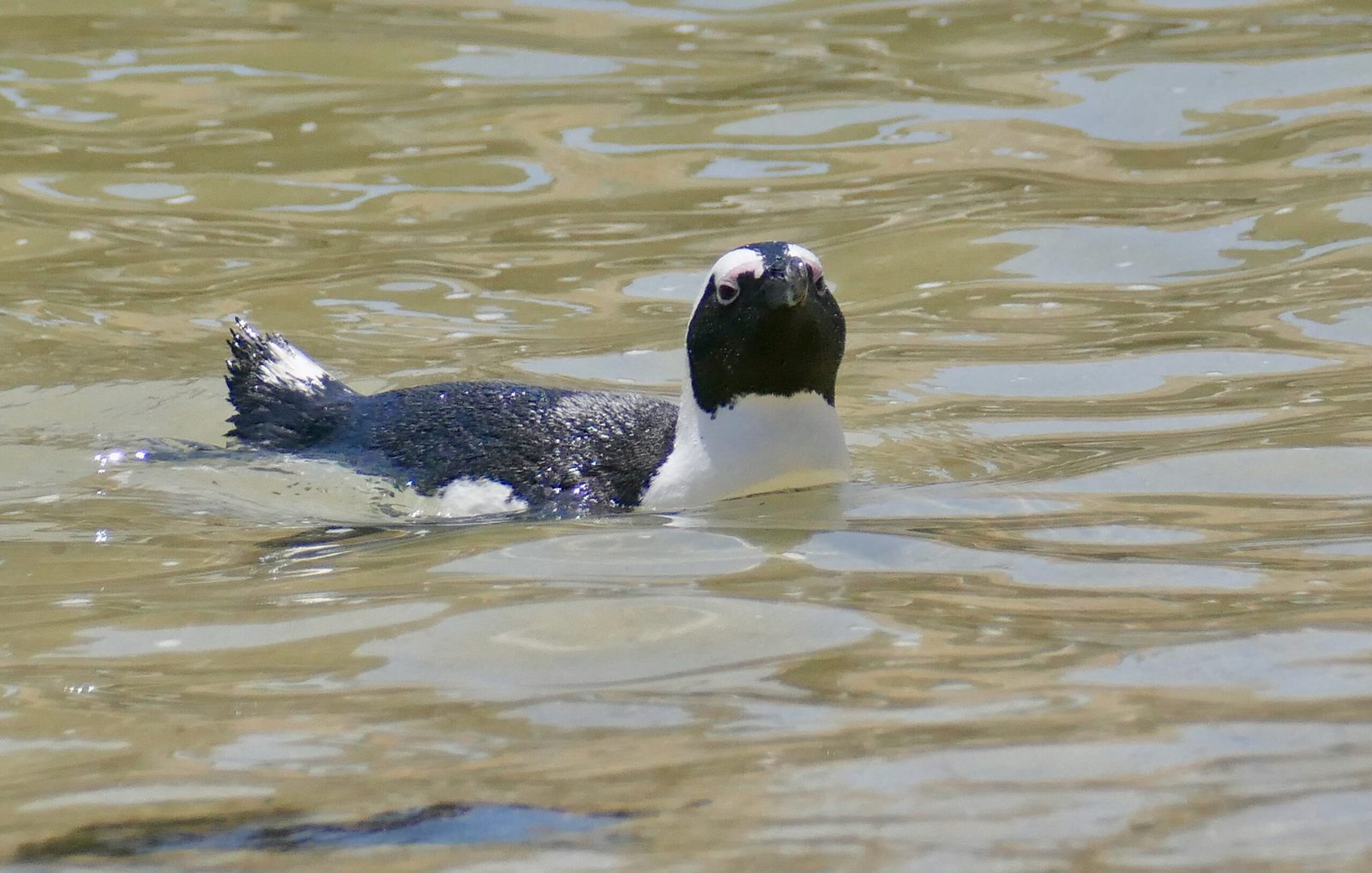
By becoming champions of the sea, penguins made a sacrifice: they can never take to the skies again. Their flightless wings, heavy bones, and specialized bodies mean that the dream of flight is forever out of reach. But what they lost in the air, they gained a hundredfold in the water. Their story is one of bold choices and breathtaking transformation, a reminder that sometimes, the greatest strengths come from letting go of old dreams.
Celebrating Penguins on World Penguin Day
World Penguin Day is more than just a date on the calendar; it’s a celebration of resilience, adaptation, and the wonders of evolution. Penguins remind us that success isn’t about fitting a mold—it’s about finding your own path, even if it means giving up what others take for granted. As we honor these remarkable birds, we’re also celebrating the endless creativity of nature. Isn’t it amazing how a bird that can’t fly became one of the greatest swimmers our planet has ever seen?



